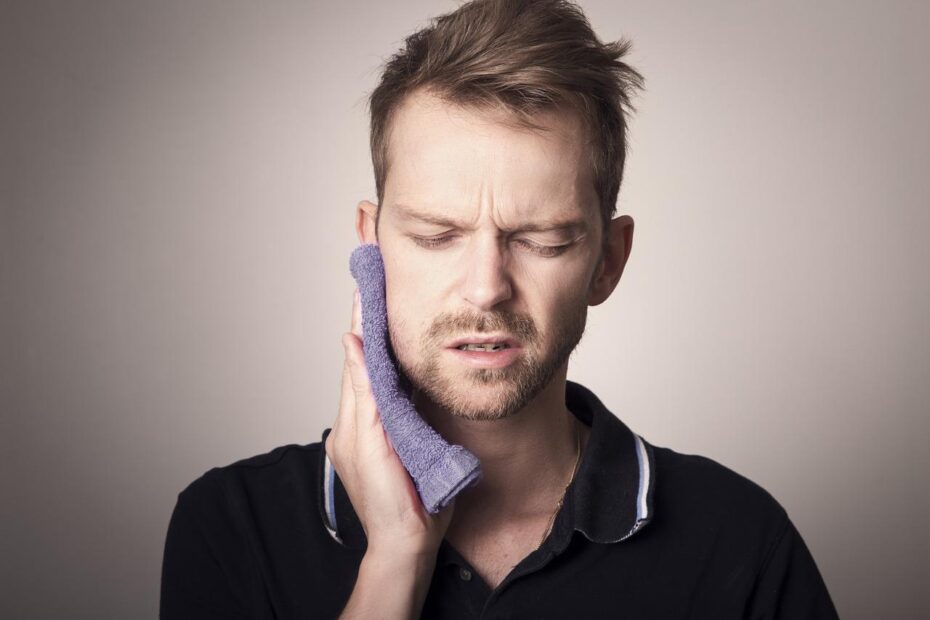Physical therapists specialize in helping patients deal with symptoms of TMJ disorder through various physical therapies. These therapies can help patients reduce pain and regain normal movement of their jaw. Patients may also receive exercises that improve posture and reduce the stress put on their jaw. Patients may also undergo a home exercise program to help manage symptoms.

TMJ Dysfunction – Jaw Pain
TMJ dysfunction occurs when the disc between the jaw bones fails to reduce on closure. There are many causes of this problem. In some cases, a condition called disc displacement is the culprit. When this happens, the disc becomes displaced and the jaw moves forward. When this happens, a tissue called the retrodiscal tissue fills in the space and attaches to the disc. The retrodiscal tissue contains nerve endings that make it painful when pressed.
In some cases, a doctor may prescribe stronger muscle relaxants and anti-inflammatory medications to manage pain and inflammation. In other cases, a jaw specialist may recommend a dental splint to align the teeth and prevent grinding of the teeth. Some patients may even undergo medical treatments such as joint replacement or TMJ arthroscopy. However, there are also many natural treatments and home remedies for TMJ dysfunction. Some people find temporary relief from ice packs or essential oils that contain sedative properties. If these remedies do not provide lasting relief, stronger muscle relaxants and anti-inflammatory drugs may be prescribed.
TMJ dysfunction is a common condition that can cause pain in the face and jaw. There are many possible causes for this disorder, including poor posture and postural dysfunction of the cervical spine. As a result, a proper diagnosis is essential in the treatment process. This will ensure proper treatment.
Physical Therapy For TMJ Dysfunction
Physical therapy has been around for years as a treatment option for TMJ disorder symptoms. However, there are few studies to support its effectiveness. Physical therapists usually use manual techniques, such as stretching the TMJ and cervical spine. They also use exercise instruction, patient education, and postural instruction to improve tissue health.
Physiotherapy is an excellent alternative treatment option for temporomandibular joint disorder. It can help determine the underlying cause of the pain and restore proper jaw function. Physiotherapy can help patients return to their daily activities. And, in many cases, it can help patients overcome their TMJ symptoms.
While it is unlikely that TMJ pain will go away by itself, gentle jaw stretching can help relieve the discomfort caused by this condition. Exercises should only be done if the pain is severe, otherwise they may aggravate the situation. If pain does occur while doing this exercise, stop immediately and seek medical attention.
